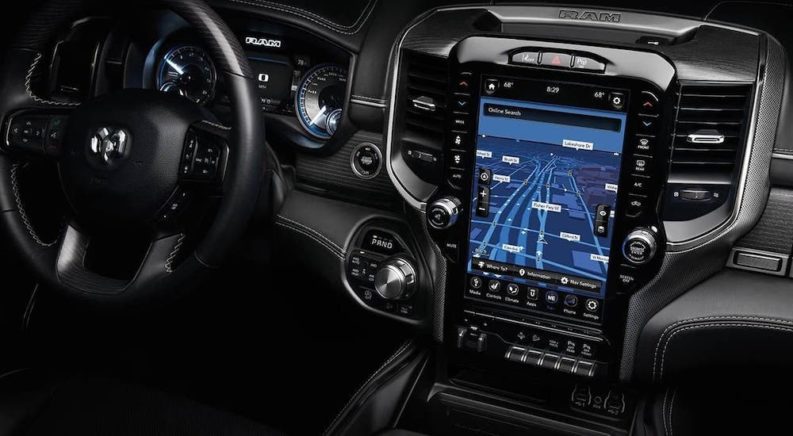Many drivers can probably relate to noticing symbols on their dashboards when they turn on their vehicle, symbols that weren’t there the night before. This happens to every vehicle at some point, including the likes of Ram trucks. It’s not uncommon to not know which each symbol means as there are a lot of them. Usually referring to your user manual is a guaranteed way to find what the information you need, but that also requires flipping through hundreds of pages until you find what you are looking for. Looking at a Ram 1500 in particular, we’re able to easily identify Ram check engine lights on the dashboard, including those that may require additional maintenance.

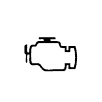
Engine Check / Malfunction Indicator Warning Light (MIL)
This is an important one. The symbol itself looks like an engine, and it will illuminate if it detects an error using OBD II, which is an Onboard Diagnostic System that can detect problems while routinely checking your engine and transmission. There are a few different reasons why this symbol may trigger, including poor fuel quality and a missing or loose gas cap. Typically if this light is illuminated solid, the vehicle will drive as it should, though it is not recommended to operate the truck until it is seen by a mechanic. If the light is flashing, this can be serious as it may be an early indication of severe catalytic converter damage. When this happens, the catalytic converter will run at higher temperatures than normal and can cause engine fires.
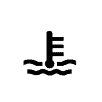
Engine Coolant Temperature Warning Light
This symbol is also a bad sign. If the symbol didn’t make it apparent enough with its thermometer-like appearance, bobbing up and down in rough waters, this is based on your engine’s temperature. This symbol will pop up alongside a single note chime to alert you about your engine’s coolant becoming too high. Reaching the maximum temperature will cause this chime sound to repeat for four consecutive minutes. When you see this indicator, the safest thing you can do is pull over to the side of the road and put the transmission into Neutral. It’s also recommended that you turn off the air conditioning if it happens to be on when this occurs. Once the temperature returns to normal, you may turn off the engine, and Ram recommends calling for service right away.

Battery Charge Warning Light
This symbol closely resembles a battery with its positive and negative ends. This light typically shows up when it detects the battery is not being properly charged. However, if this light remains while the vehicle and engine are in use, Ram claims your next step should be to contact your authorized dealer to help with troubleshooting tips and to see about any further maintenance. This light is typically the result of an electrical system or component failing.
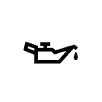
Oil Pressure Warning Light
The oil pressure warning light’s symbol is an oil can; this light means your vehicle has detected low engine oil pressure. When this symbol turns on, it’s accompanied by a chime, and Ram recommends you immediately pull to the side of the road and turn the engine off. The first thing you should do is check the oil levels under the hood, but it’s advised that you do not operate the vehicle until the problem is resolved.

Tire Pressure Monitoring System (TPMS) Warning Light
This icon may indicate a couple of different things regarding tire pressure. Visible right from the start is the exclamation mark on the indication itself, which, of course, isn’t a good sign. This could mean that one or more of your tires are below the vehicle’s recommended tire pressure level which can be fixed by filling the tires with more air. This may also indicate a leak of sorts if it detects a slow and consistent loss of pressure. It’s common practice to check your vehicle’s tire pressure on a monthly basis if you can.
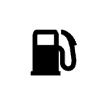
Low Fuel Indicator Light
The low fuel indicator light looks exactly like a gas pump because it’ll only activate when you’ve reached around 3 gallons of gas left in your tank. Although there are many motives to filling your vehicle with more gas, getting rid of this pesky little symbol can be added to the list as it’ll only disappear when more gas is added.
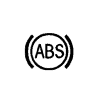
Anti-Lock Brake (ABS) Indicator Light
Many Ram drivers will probably recognize this symbol that spells ABS inside of a circle as it shows up every time the vehicle is turned on and begins its initial startup. However, if this light remains after the startup has finished, then your brakes will act as standard non-anti-lock brakes as the ABS itself becomes inoperative if there’s a malfunction.
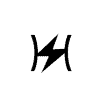
Electronic Throttle Control (ETC) Warning Light
This light shows a thunderbolt, and it means there has been a problem detected with the Electronic Control (ETC) system. Ram claims this light can be easily troubleshot with a simple cycling of the ignition, which should be performed when the vehicle is stopped, and you have put the vehicle in park. However, if this light remains and is solidly lit, then your vehicle should still perform as usual, although Ram does recommend seeking out your authorized dealer. If the light begins flashing, this is relatively worse and typically requires immediate maintenance; otherwise, you will notice reduced performance, and your engine can stall.
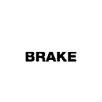
Brake Warning Light
This light simply illuminates the word “BRAKE” and is typically seen when the parking brake is activated. If this light turns on and the parking brake is not active, it may require a couple of different problems, including a low amount of brake fluid or if not that, a malfunction with either the brake booster or the hydraulic brake system. If the problem is related to brake fluid, this could be caused by a leak in either one of the dual brake systems, which ultimately results in the master cylinder reading brake fluid levels that are lower than required.
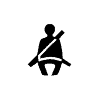
Seat Belt Reminder Warning Light
One of the very first things drivers learn in driver’s education is the importance of the seat belt, and it’s the driver’s responsibility to ensure every passenger has their seatbelt on when inside a moving vehicle. Otherwise, you’ll see this symbol, which represents a human-like figure sitting down and wearing a seatbelt. If you see this icon, be sure to tell your passengers to buckle up! Also, if either the driver’s seat belt or the front-seat passenger’s seat belt is not being worn, the light will flash, and a chime will continue to sound until the seatbelts are fastened.
The Importance of Knowing
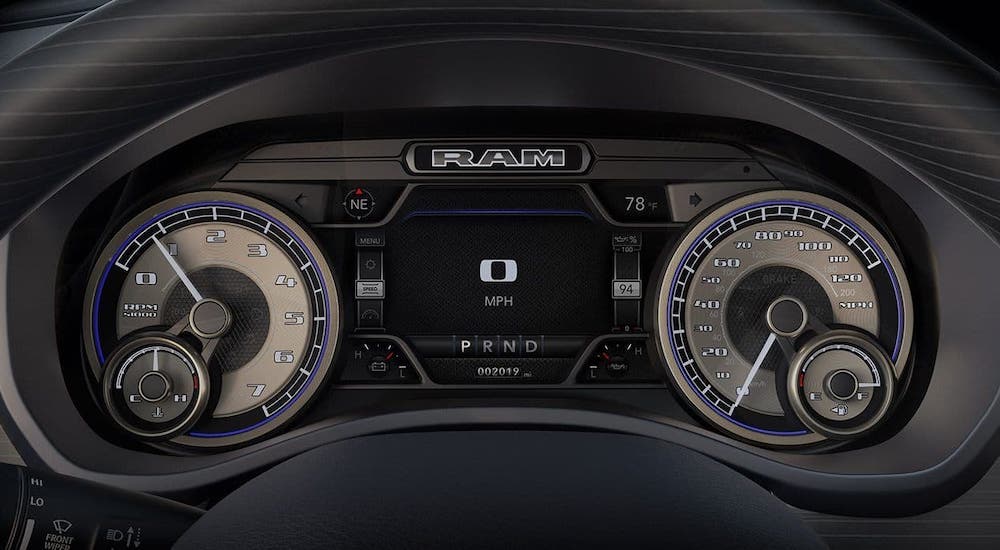
Even though we’ve gone over a plentiful amount of important symbols to recognize and diagnose, there are still plenty of symbols to be aware of. When you purchase a vehicle, be sure to read the owner’s manual and keep it inside of your vehicle at all times. Not only will the ability to recognize these issues be useful in dire times, but it’ll also help you generally understand the inner workings of the vehicle you drive.
The dashboard inside of your vehicle is a fascinating tool and can portray a vast wealth of knowledge retaining your vehicle’s health, but without explanation, you won’t get much out of it. Being familiar with potential error codes and symbols can save you hours of frustration, and it can keep you safe.

